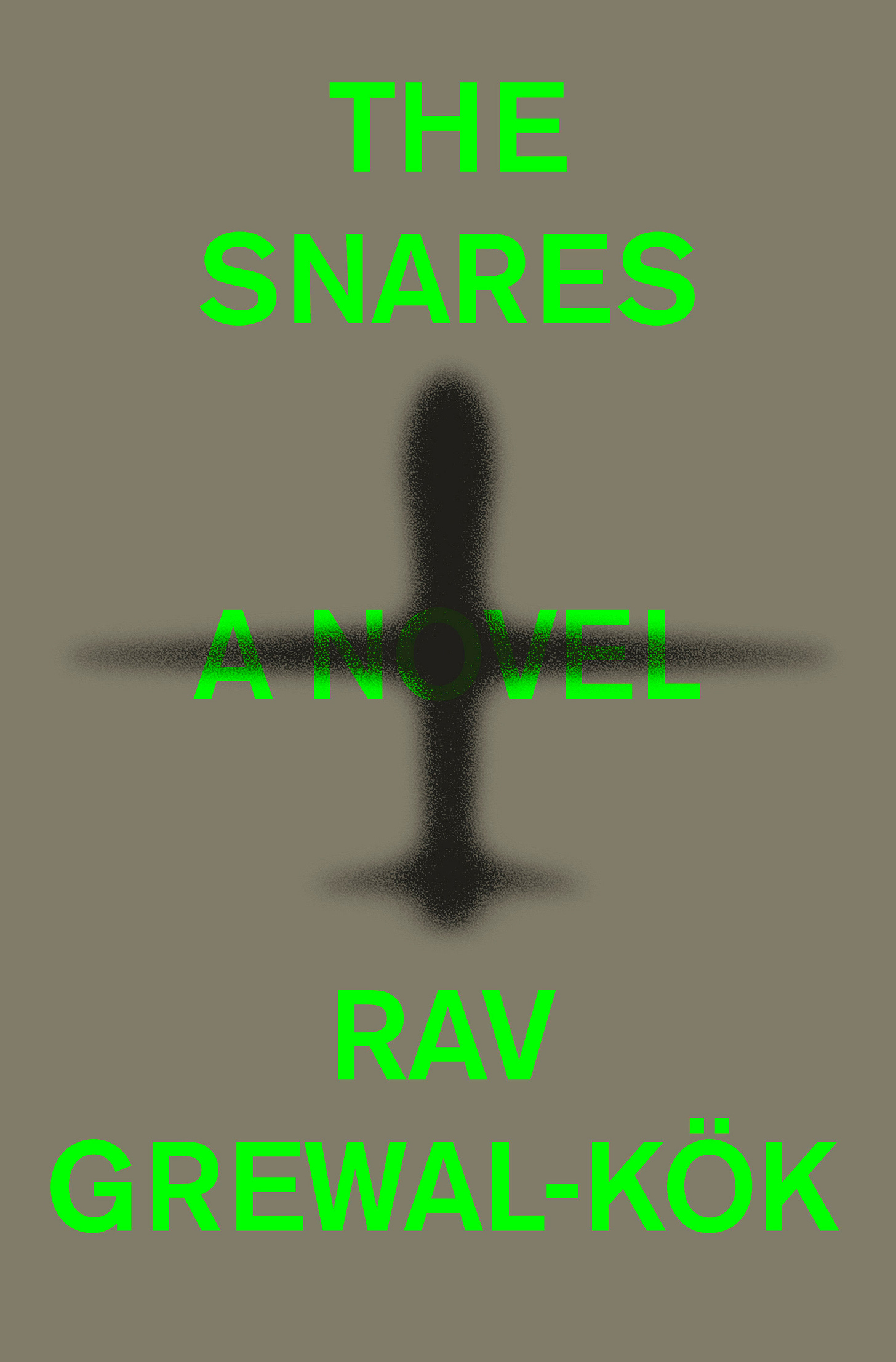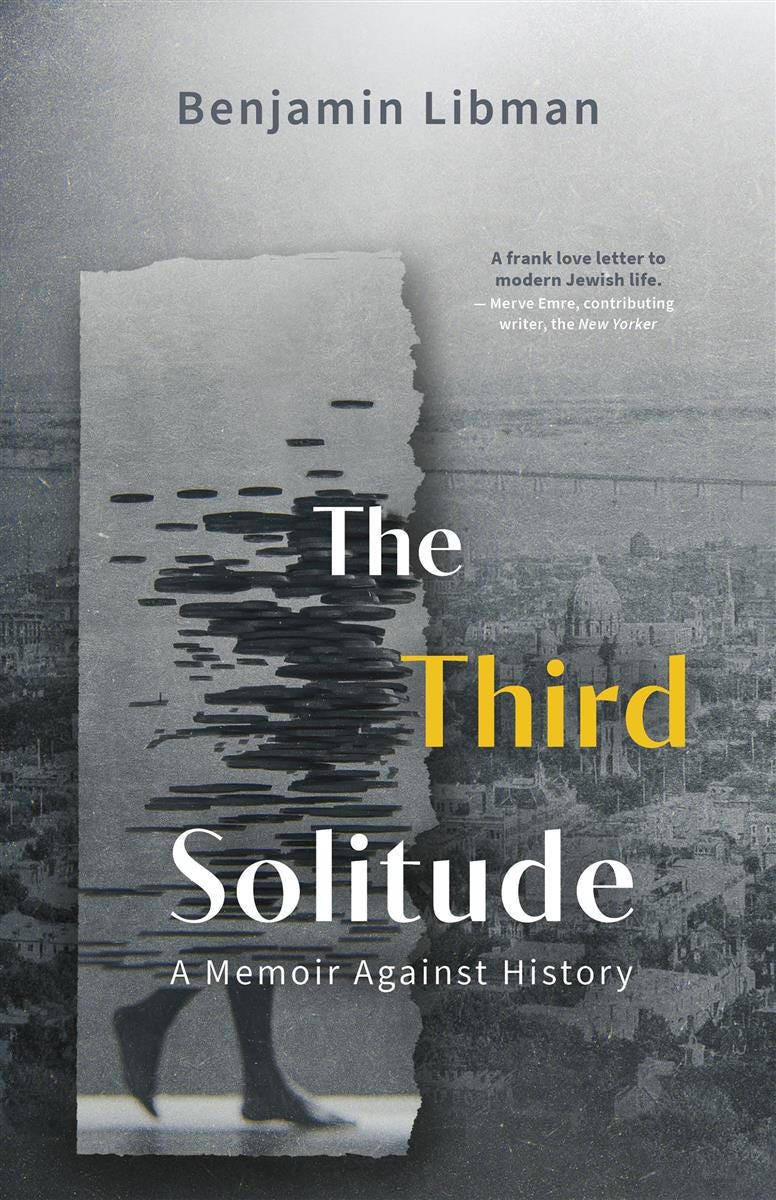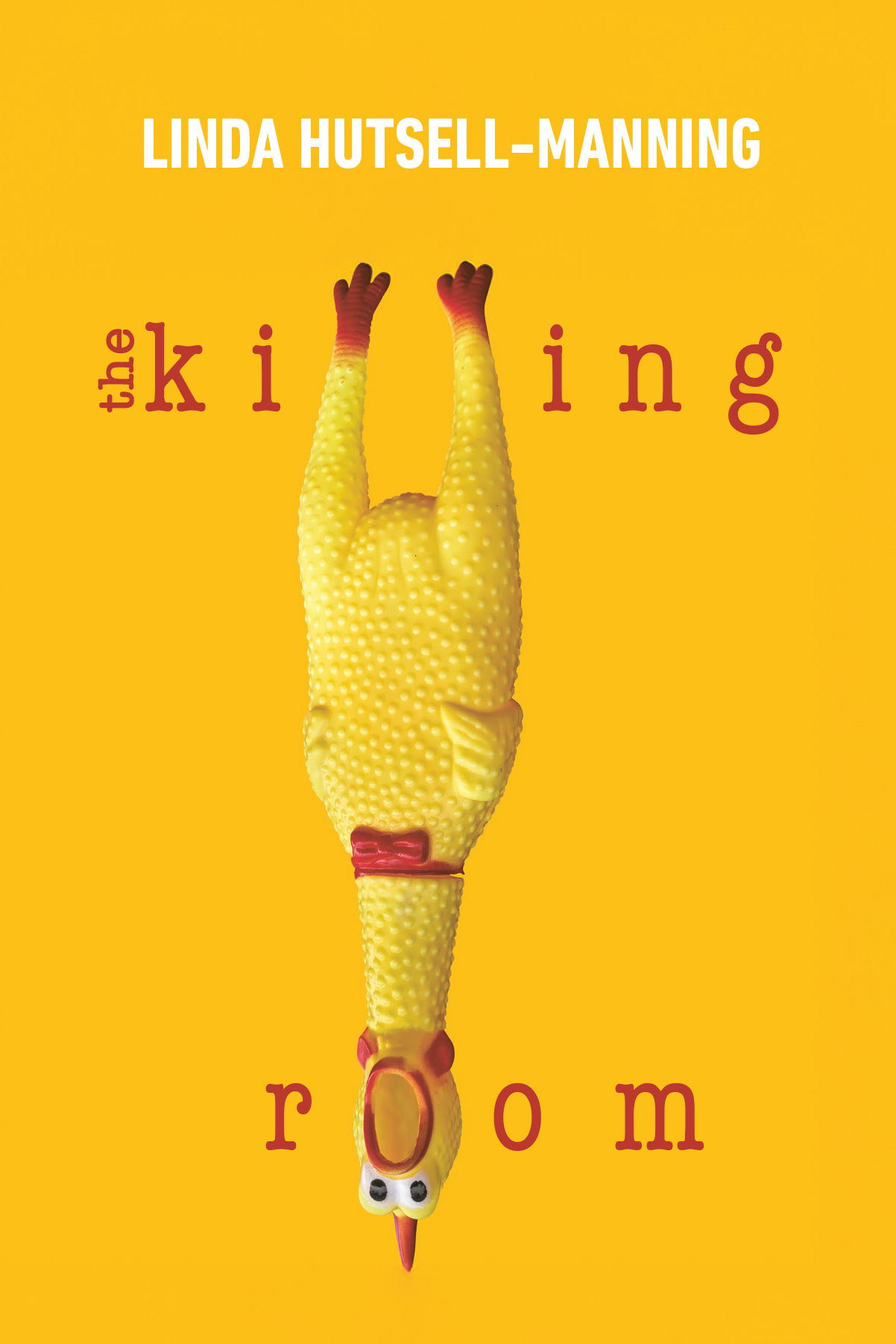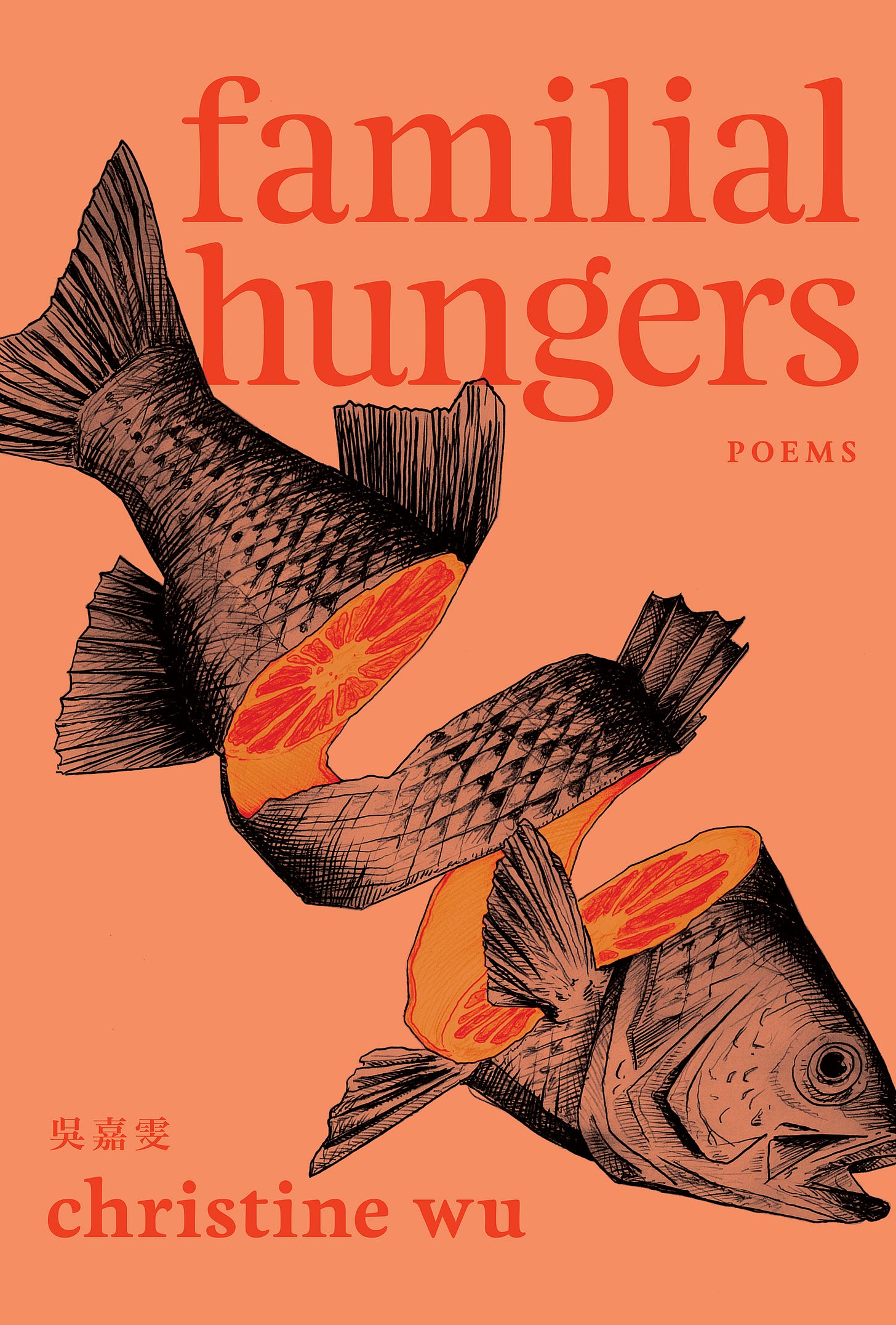Bookworm, no. 101
Grace Henkel reviews “Dark Chapters,” edited by Nic Wilson. Alexandra Oliver on Cecily Nicholson’s “Crowd Source.” Our semi-serious, semi-annual book cover awards. Inside the July/August issue.
Spinal Tap
Dark Chapters: Reading the Still Lives of David Garneau
Edited by Nic Wilson
University of Regina Press
160 pages, hardcover, softcover, and ebook
With Dark Chapters, seventeen contributors reflect on David Garneau’s still-life art series of the same name. Through the Métis painter’s stirring works, the curators, poets, and scholars analyze the contradictions inherent in allyship, reckon with institutionalized colonialism, and explore the transformative power of hope and resistance.
The paintings build a dialogue between manufactured and natural objects. Tenderness and brutality take shape as symbols—sashes, sweetgrass, stones, and bound books, the last of which act as “proxies for Western systems of knowledge.” The Chickasaw artist and curator John G. Hampton examines Suffocating Grandfather, which depicts a glass display case that encloses a ceremonial stone, effectively imposing a still life via confinement. As Hampton notes, “The Grandfather is a living entity with a purpose that is denied through attempts at preservation.” For the critic Jeff Derksen, Garneau’s compositions symbolize the “uneasy relation” between Western conservation and Indigenous knowledge keeping. He sees colonial preservation tactics persist in the museums and universities that wish to integrate Indigenous culture, but whose conditions for inclusion amount to erasure.
The legacy of trauma emerges from Garneau’s brush strokes: plumes of sage smoke trapped in a bell jar; stones separated by the stark white pages of books; a tissue box performatively coloured orange, its contents meant to wipe away ally tears. Through it all, the manufactured objects remain tied to the earth. According to the editor, Nic Wilson, the spine of a bound book takes its name from the shadow of vertebrae left on parchment, once made from the stretched skin of an animal. The book, therefore, as both object and institution, has not shed that connection with the land. Or, as the poet Fred Wah puts it, “The plotline of truth / is a pain in the spine.”
—Grace Henkel
Bird Is the Word
Crowd Source
Cecily Nicholson
Talonbooks
130 pages, softcover and ebook
Traditionally seen as either a scavenger or a harbinger, the crow gets reimagined in Cecily Nicholson’s latest poetry collection. These creatures—“one some with each other / and one with the world”—shed light on over-consumption, environmental damage, and the need for comfort. Not quite nature writing, Crowd Source blurs the lines between the ecological, the social, and the political.
Like the flocks they describe, Nicholson’s poems are disparate (one wonders if each of the thirteen sections constitutes a longer poem or several shorter ones). Verse might be followed by white space, then conclude with text resembling a diary entry about the persistence of the black birds, who “ate all of my dog’s food from a sealed bag.” The space represents the distance between humanity and nature, between the earthbound Homo sapiens and the airborne corvid. Near the end, the two species come together—“many dark feathers on the ground / sunken and weathered to rot”—but possible conflict looms: “The crowd / grows. Thousands were they to turn on me, / could whittle me down to the bones.”
Crowd Source offers a fluid, graceful perspective on the importance of gathering, moving, and persisting. Nicholson argues that poetry can help, as she challenges society’s dwindling relationship with the art form. “We are not easy to communicate with / so often made to be read aloud,” she writes, before she reminds us that “musical scores of bodies / become swaps of intel and warmth.” Those lines, like individuals who seek community, gain strength among others.
—Alexandra Oliver
The Semi-serious, Semi-annual Bookworm Book Cover Awards
The Snares, designed by Oliver Munday (Random House Canada)
“Oliver Munday gets his point across with just three elements: bright green text that mimics a sonar tracker, a military-grey background, and the unmistakable shadow of an airplane. Like the final bull in Picasso’s series Le Taureau, this cover succeeds because of its simplicity.”
—Alexander Sallas, Assistant Publisher
The Third Solitude: A Memoir against History, designed by Karen Alexiou* (Dundurn Press)
“The quiet stasis of this archival photo; the dynamism of the distorted figure traipsing across a torn page; the delicate rip itself. I can’t imagine a better outfit for Benjamin Libman’s important personal history, which complicates the divide between anglophone and francophone cultures in Montreal.”
—Emily Mernin, Associate Editor
*Updated on June 24 to reflect revised information from the publisher.
The Killing Room, designed by M.C. Joudrey and Lucas C. Pauls (At Bay Press)
“I mean, c’mon.”
—David Venn, Associate Editor
Familial Hungers, designed by Arthur Duarte (Brick Books)
“With shades of bright orange and scaly textures, Arthur Duarte puts an unexpected twist on a simple illustration. You can’t resist the urge to peel back this inventive cover for a taste of what’s inside.”
—Caroline Noël, Editorial Coordinator
Inside the July/August Issue
“As we ticked off the pros and cons of various programs—at Princeton, Brown, Chicago, Wisconsin, Minnesota—he suddenly asked, ‘Why not Toronto?’ Why not, indeed.” First things first: Kyle Wyatt looks back on twenty years.
James Hughes reviews Maggie Helwig’s Encampment: Resistance, Grace, and an Unhoused Community.
“The drive for diversity remains either the defining focus or a highly important strategic one in many universities in Canada.” Jeffrey Simpson on Peter MacKinnon’s Confronting Illiberalism: A Canadian Perspective.
And much more!











